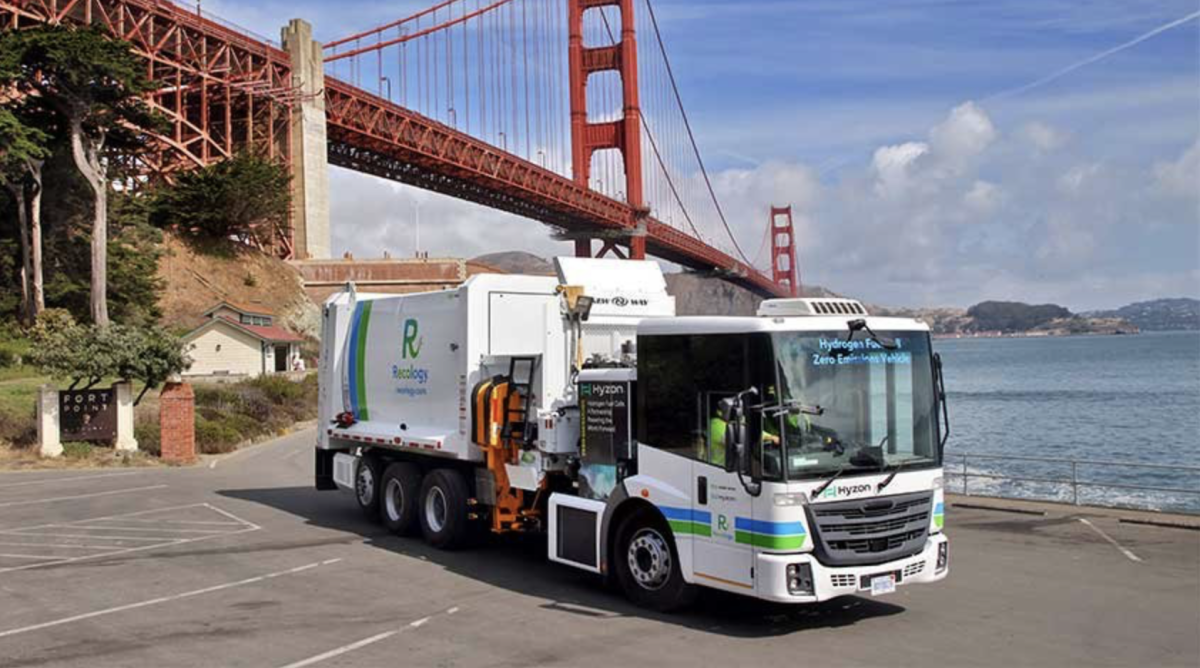Over the past many years, people everywhere have made an effort to help contribute to slowing climate change and specifically, the issue of rising sea levels.
In the past 25 years, sea levels have risen about 3 inches and will continue to rise 2 to 3 feet until the year 2100. The rapid rise in sea levels is due to human behavior, rising faster than predicted.
Sea levels rising is a direct effect of climate change. This is mainly due to the burning of greenhouse gases (for example driving a car, burning fossil fuels for electricity, forestry, etc.). These greenhouse gases, such as Carbon dioxide, Methane, Nitrous Oxide, etc., trap heat in the Earth.
This ends up causing the Earth to heat up, changing the temperature of the planet. This, in turn, melts large ice caps, which results in sea levels rising. This phenomenon causes major problems for many different people.
Jeremy Villeneuve ’21 said, “Rising sea levels will always be a threat to us due to the amount of coastal land humans use that could be eaten up by the ocean. In 100 years, if trends continue, then parts of New York and New Orleans will be put underwater.”
Coastal cities and communities are in the most danger. This includes Los Angeles, New York, Miami, even San Francisco. Islands such as Hawaii and the Philippines are also on the target. These cities and communities have the potential to be damaged by dangerous floods.
On top of that, these cities are threatened with being lost as the rising sea levels can eventually submerge them underwater. Ecosystems in the ocean are also affected as the intertidal zones change, causing the organisms who depend on the receding and rising of the tides to be completely submerged underwater.
AP Environmental Science Teacher Michael O’Brien said, “…We definitely need to be concerned in the next 15 to 20 years about the effects of rising sea levels if we don’t do something to slow things down. We can do things to slow things down, and that just takes a conscious effort.”
It takes everyone to do this, including politicians. The government is a huge player in being able to take bigger steps into becoming more environmentally conscious.
With Joe Biden being newly elected as the 46th president of the United States, many people hope that environmental problems will be addressed. There have been proposals on how to improve and take action, such as recommitting to climate and ocean leadership and to rejoin the Paris Agreement to reduce carbon emissions. Some other options would be to limit offshore oil and gas drilling, integrate renewable energy, reduce emissions from shipping, reduce carbon and pollution.
O’Brien said,“…I think that if you know that there is something that people can do on a widespread basis, like for instance, stop buying water bottled in plastic… eventually, that’s going to catch on…the more people see people doing that, the more it will catch on.”
There are many ways that citizens of the world have been asked to consider lifestyle changes in order to fight climate change and slow the rising sea levels.
For example, as O’Brien emphasized, start using reusable water bottles or water fountains instead of plastic bottles. One little change can make a big difference. Another way to combat rising sea levels is by using electric cars, not running on gas, or using transportation that doesn’t involve emitting greenhouse gases (biking, skating, walking, running).
Other options include making a diet change, requiring one to eat less meat (mainly beef), as cows release methane gas into the air. Others recommend a change in a source of electricity, such as solar energy. With any or more of these methods and changes, people can make an effective change in the current climate troubles so that coastal cities are not lost to the waves.








